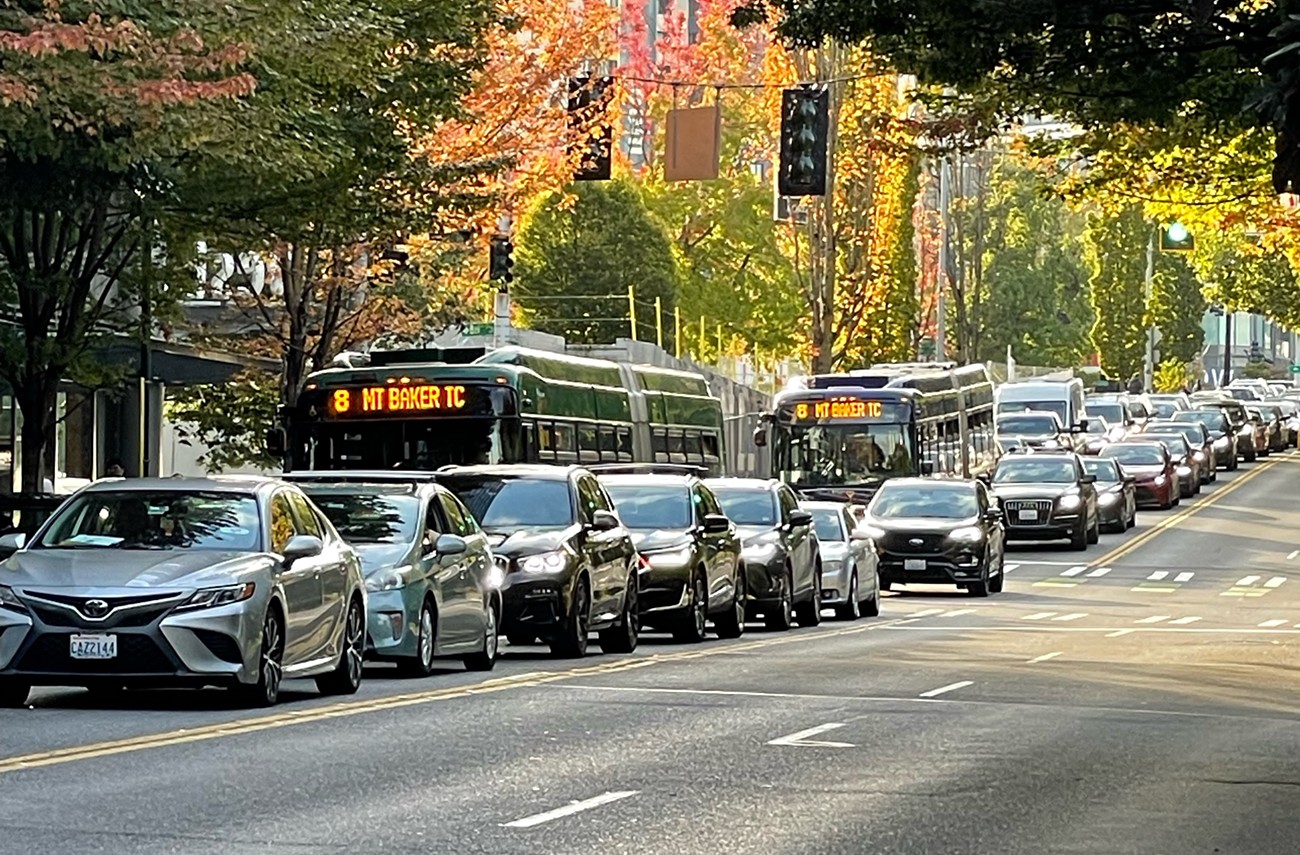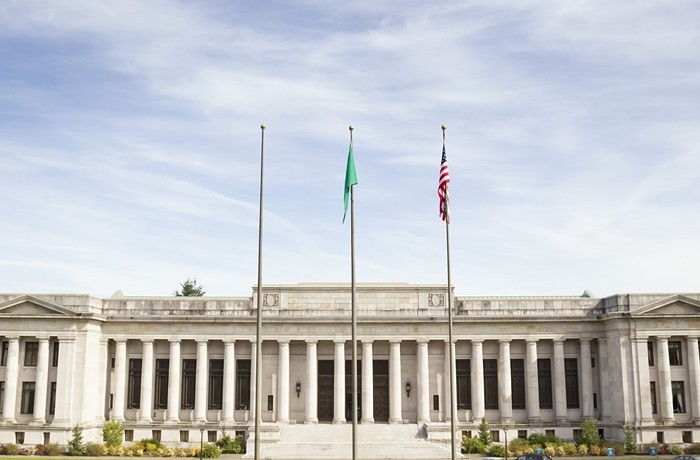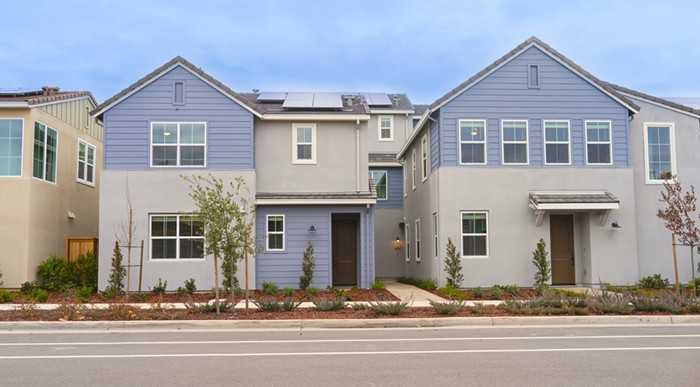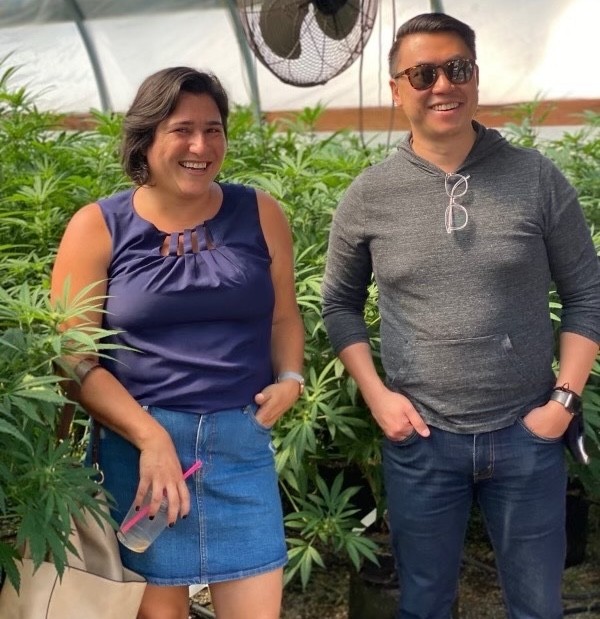As a researcher studying the polar oceans, my colleagues and I watched with trepidation as the past seven years brought low after record low in the sea ice ringing Antarctica. Recent studies conclude that our planet’s powerful freezer is defrosting–or, in technical terms, experiencing a ‘regime shift’–one of many harbingers of a destabilizing climate system.
In the Pacific Northwest, those signs have come in the form of worsening heatwaves, wildfires, and loss of mountain snowpack, among others. For me, climate change is doubly personal. The smoke that choked our city’s skies two summers ago brought back the chronic asthma that I hadn’t experienced since childhood. Climate impacts are not theoretical—they’re real.
The scale of warming is global, but its causes are local. Nearly two-thirds of Seattle’s core greenhouse gas emissions come from transportation, with nine out of every ten of those carbon dioxide molecules coming out of a car’s tailpipe. Our climate crisis stems in large part from a century of over-investing in a car-centric transportation system. Seattle ought to be leading the nation in shifting to a new paradigm.
Instead, the City’s plan for its next eight years of transportation funding would pave the way for more driving—literally. The $1.45 billion transportation levy proposal released by Mayor Harrell earlier this month would devote a whopping $423 million in property tax dollars to street repaving. That’s a 46% annualized increase compared to the current levy, even after accounting for inflation since its passage in 2015. Meanwhile, the levy renewal would slash funding for transit projects by an inflation-adjusted 16%, down to $145 million. This loss in spending power is even more pronounced when considering that construction costs have soared by 66% since 2015, far outpacing inflation.
While smoother streets are important, the levy’s proposed investments are strikingly out of balance for a city that has committed to more than doubling transit ridership by 2030 in its own Climate Change Response Framework. Meeting even this modest goal of 24% of trips taken by transit–six years into this levy–will only happen if buses become significantly faster and more reliable so that they are a realistic alternative to driving for more residents.
Today, buses are too often stuck in traffic gridlock, causing cascading delays and agonizing uncertainty for riders like me. It’s no wonder many residents opt to drive—a feedback loop that worsens congestion and further discourages ridership. Indeed, Seattle commuters report that travel time is the primary determinant of their travel mode choices, far above other factors like perceptions of safety on transit.
The city knows what works: carving out dedicated transit lanes is a proven solution that ensures efficient bus service and that turbocharges ridership. Yet the levy proposal would only make major upgrades to existing bus routes on “up to four streets,” with an included map of its paltry transit commitments barren in most neighborhoods. One hundred sixty unspecified, lower-cost spot improvements are also promised: a new transit priority signal here, a new bus shelter there.
Fixing pinch points and improving riders’ basic comfort is certainly vital—over 75% of bus stops lack protection from the elements. But the proposed funding must grow to meet the need, which a coalition of advocates has estimated at 60 linear miles of transit corridors. The Mayor’s addition of $20 million following community criticism of last month’s initial proposal is woefully inadequate, in part appearing to be a budgeting sleight-of-hand from moving an existing large capital project in South Lake Union into the transit category.
Expanding Seattle residents’ access to transit will also require constructing sidewalks on the 848 miles of streets that have none and filling gaps in our city’s almost comically disconnected bike network. Allocating only 43% of the next transportation levy’s spending to walking, rolling, biking, transit, and street safety, collectively–exactly the same percentage as the 2015 levy–hardly suggests the urgency demanded by this pivotal moment.
The Seattle City Council is now tasked with amending the levy renewal before sending it to voters. Members of the public can comment at hearings on May 21 and June 4 to urge the city to dream bigger. Council members should increase–or at least restore–transit project funding, as well as boost other investments in multimodal travel.
New polling released earlier this month indicates enthusiastic support for a more robust, $1.9 billion package that enables buses to run reliably and frequently, consistent with an earlier city-commissioned poll that showed a larger levy passing with sizable margins. For many Seattleites, spending a dollar or two more per month for fast, convenient bus service could more than pay for itself through lower gas costs—and perhaps even the opportunity to ditch their car entirely, a move that would save the average US household around $10,000 a year.
Repurposing street space to unlock the emissions-reducing potential of transit is both popular and essential if Seattle is to meet its climate goals, while cutting transit funding will only add fuel to the fire. Our collective future depends on cities like Seattle prioritizing smart climate solutions over maintaining the car-centric status quo. If not in the next eight years, then when?
Ethan C. Campbell is a volunteer with Central Seattle Greenways, part of the Seattle Neighborhood Greenways coalition, and a Ph.D. candidate studying ocean physics at the University of Washington.



















